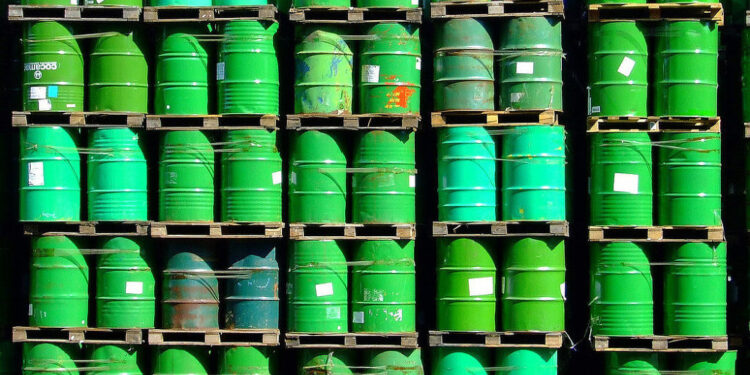Oil prices continue to climb in full uncertainty substantial uncertainty in Ukraine, and recorded new records this Thursday, March 2022.
Brent’s barrel in the North Sea, crude reference in Europe, climbed up to $ 119.84, approaching 120 dollars, a threshold that had not been reached since 2012.
The West Texas Intermediate (WTI) listed in New York has reached $ 116.57 in a barrel, a record since 2008.
If this increase in prices is explained by the war in Ukraine and the uncertainty which follows, this phenomenon is accentuated by the fact that Ukraine and Russia (second exporter of crude oil in the world), both play a key role in the world energy market.
On the side of the organization of oil exporting countries and its allies (OPEC+), we remain cautious, the total production level has been increased by 400,000 per day for the month of April.
In Tunisia, the repercussions will be visible knowing that the state budget for the year 2022 has been drawn up on the basis of a reference price of the barrel of oil (Brent) of 75 dollars and that an increase in a dollar in the price of the oil barrel represents an additional cost of 140 million Tunisian dinars (MDT) for the state budget.
The scenario is repeating itself since last year, the state budget for 2021, was based on a barrel price of $ 45, when it had jumped to exceed 60 dollars/barrel.
A direct consequence of this phenomenon, the increase in fuel prices, the second in a month.
In this very specific context, the economist and ex-minister of finance, Houcine Dimassi, wanted to recall that any increase of $ 1/barrel generates additional financing needs of around 140 million dinars (MD) annually.
“If the average price of a barrel, for the year 2022, is maintained at 100 dollars, we risk having additional charges in our budget exceeding 4 billion dinars (…),” he explained.








